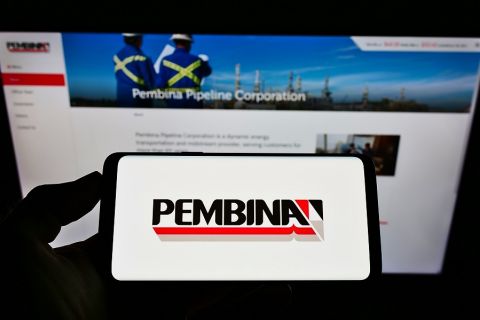Venture Global’s Plaquemines LNG export terminal in Louisiana took a step toward receiving federal approval for construction on May 3 after U.S. energy regulators issued a final environmental report.
In the report, known as an environmental impact statement, staff at the Federal Energy Regulatory Commission (FERC) concluded that construction and operation of the project would result in some adverse environmental impacts, but those would be reduced to less-than-significant levels with mitigation.
Venture Global said on its website that it expects to receive that FERC decision in August and authorization from the U.S. Department of Energy allowing it to export LNG to non-Free Trade Agreement (FTA) countries in late 2019.
That will allow the company to make a final investment decision and start construction in late 2019 with first LNG expected in late 2022.
Plaquemines is one of more than three dozen LNG export projects under development in the United States, Canada and Mexico. Analysts have said that they expect only a handful of those facilities to get built over the next five years or so.
The company is developing Plaquemines to produce about 20 million tonnes per annum (mtpa) of LNG, equal to about 2.7 billion cubic feet per day (Bcf/d) of natural gas. One billion cubic feet is enough gas to fuel about 5 million U.S. homes for a day.
Venture Global has two other LNG export projects in Louisiana. It has already made a final investment decision to build its 10-MTPA Calcasieu Pass facility, which it expects to enter service in 2022, and is developing the 24-MTPA Delta project, slated to start up in 2023.
The company said its liquefaction systems will use technology from General Electric Co.’s Baker Hughes unit.
Venture Global said companies looking to buy gas from its facilities include units of Royal Dutch Shell Plc, Edison SpA, Galp Energia SGPS SA, BP Plc , Repsol SA and Polish Oil and Gas Co. (PGNiG) .
Just looking at the projects currently under construction, U.S. LNG export capacity is expected to rise to 7.4 Bcf/d by the end of 2019 and 10 Bcf/d by the end of 2020 from 5.2 Bcf/d now.
Since shipping out the first LNG cargo from the Lower 48 in 2016, the United States became the third-biggest LNG exporter in the world by capacity by the end of 2018.
Recommended Reading
Enbridge Closes First Utility Transaction with Dominion for $6.6B
2024-03-07 - Enbridge’s purchase of The East Ohio Gas Co. from Dominion is part of $14 billion in M&A the companies announced in September.
SCF Acquires Flowchem, Val-Tex and Sealweld
2024-03-04 - Flowchem, Val-Tex and Sealweld were formerly part of Entegris Inc.
Pembina Cleared to Buy Enbridge's Pipeline, NGL JV Interests for $2.2B
2024-03-19 - Pembina Pipeline received a no-action letter from the Canadian Competition Bureau, meaning that the government will not challenge the company’s acquisition of Enbridge’s interest in a joint venture with the Alliance Pipeline and Aux Sable NGL fractionation facilities.
Global Partners Buys Four Liquid Energy Terminals from Gulf Oil
2024-04-10 - Global Partners initially set out to buy five terminals from Gulf Oil but the purchase of a terminal in Portland was abandoned after antitrust concerns were raised by the FTC and the Maine attorney general.
DXP Enterprises Buys Water Service Company Kappe Associates
2024-02-06 - DXP Enterprise’s purchase of Kappe, a water and wastewater company, adds scale to DXP’s national water management profile.





